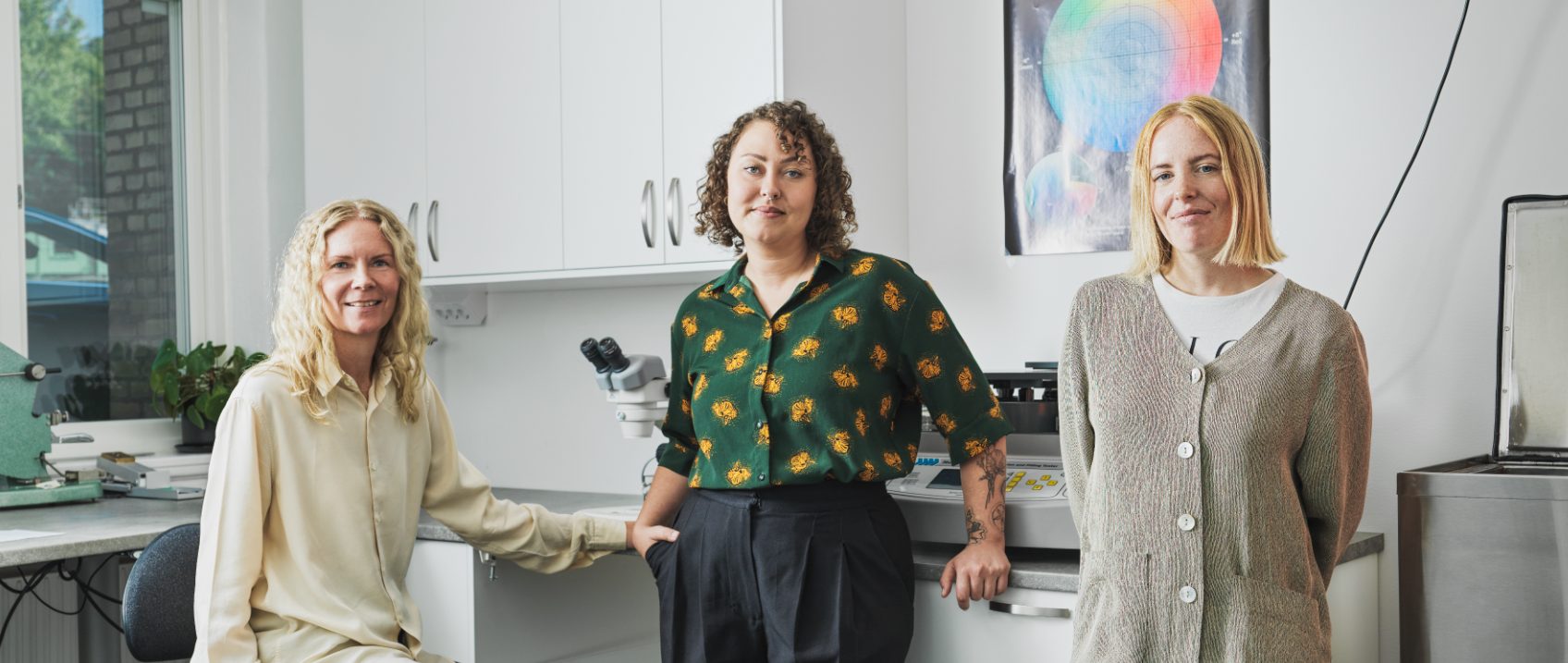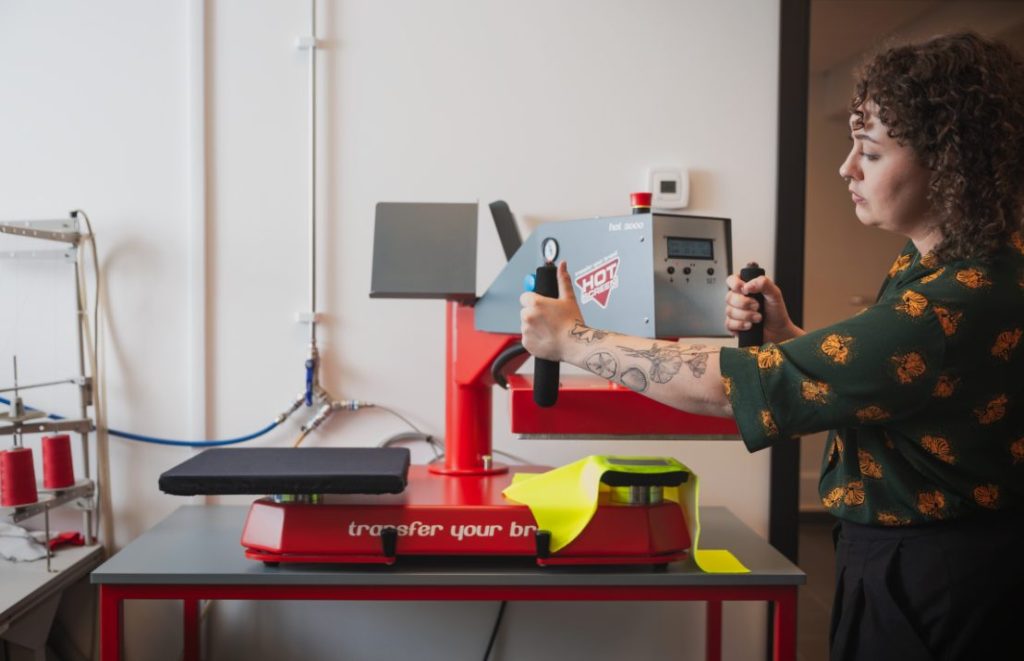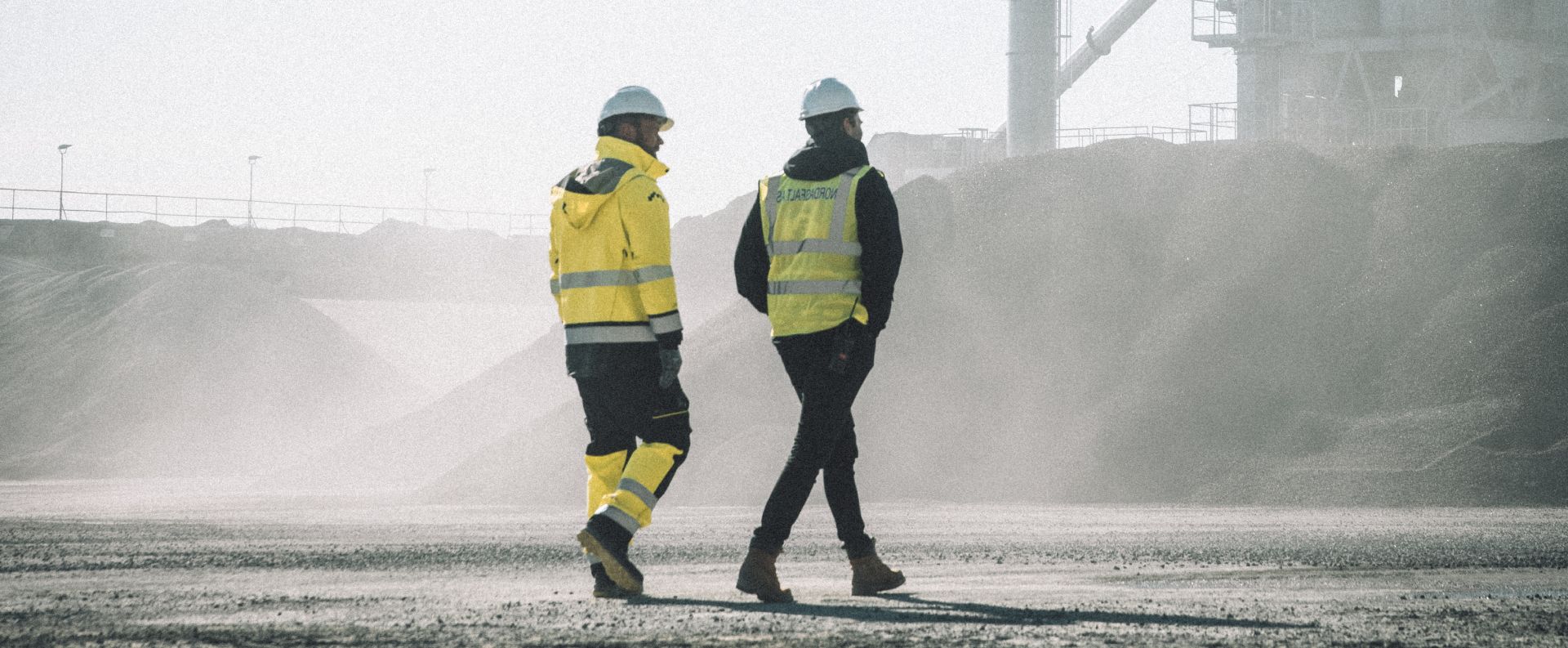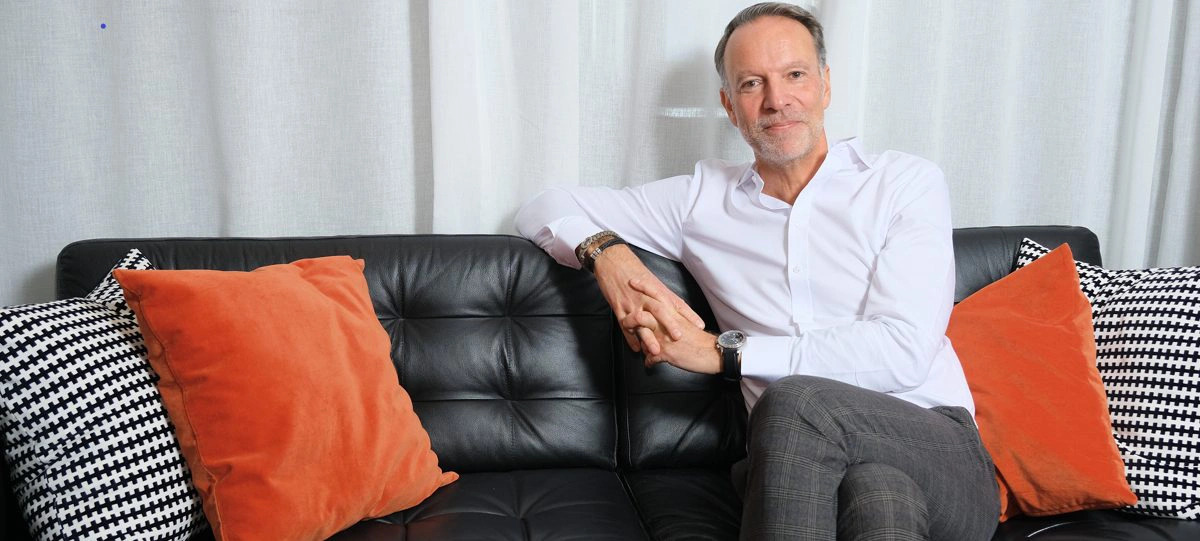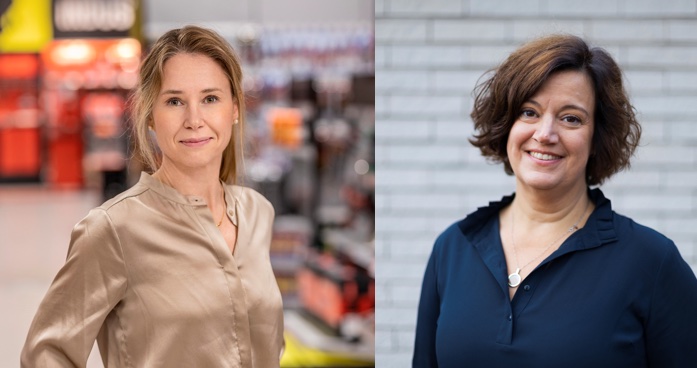In the service of quality
Welcome to the laboratory where they love hard work and hate waste. “Good quality often means that the product is also more durable.”
On an ordinary back street in Gothenburg, there is a seemingly ordinary place. But inside something a little less ordinary is happening. In bright rooms with large windows, three textile engineers are carrying out a task that is rarely seen in any job advertisements. Agnes Almeen, Sara Törnqvist and Isabella de Miranda are testing fabrics according to all the rules of art.
Welcome to Alligo’s test lab for work clothing.
– Our job is to ensure high quality and durability. It is important that our garments last a long time and meet our customers’ demands and expectations. They must also meet our own quality requirements and certification standards,” says Agnes Almeen, Certification Manager at Alligo.
THERE IS SOMETHING appealing about their niche, engineering engagement and commitment to quality. It is rare that this type of venture generates big headlines, but often it lays the foundation for further development and innovation. Especially when it comes to sustainability. Agnes Almeen adds:
– Good quality often means that a product is also more durable. In our case, this means that the garments can be used for longer. This in turn means less unnecessary production, which leads to lower consumption of raw materials, energy, water and chemicals. In addition, there will also be less transportation between all the different steps in the production chain – and ultimately less waste.
THERE ARE MACHINES FOR different types of tests spread out across the room. For example, there is one department for testing water repellency, and a light cabinet where, among other things, they can check how well the color of a fabric matches what was decided during product development. The reason for such extensive tests is not only about quality and the environment – it is also about safety. People who face potential hazards at work must feel confident that their work clothes will last.
Sara Törnqvist fastens a piece of fabric to a machine that resembles a small postal scale. In front of the fabric sits a razor-sharp edge.
– I then release this one,” she says, showing a weight on the other side of the machine.
She lets go and almost immediately there is a ripping sound from the small piece of fabric. With the help of a meter and a scale on the front of the machine, she can read a measurement. This is then used to calculate how much force the garment can withstand before it tears
IN TOTAL THEY PERFORM nearly 700 checks and tests per year in the lab.
– The fact that we have such high and consistent quality is, I believe, due to the fact that Alligo’s product developers decide on all the materials that we use in our
garments. And that we follow up every production with quality assurance through testing in the lab,” says Agnes Almeen.
THE LAB IS NOT ONLY for quality control, it also plays an active role in the company’s product development.
– We work very closely together. For example, when we have developed requirement specifications for different types of fabrics that the product developers can use.
